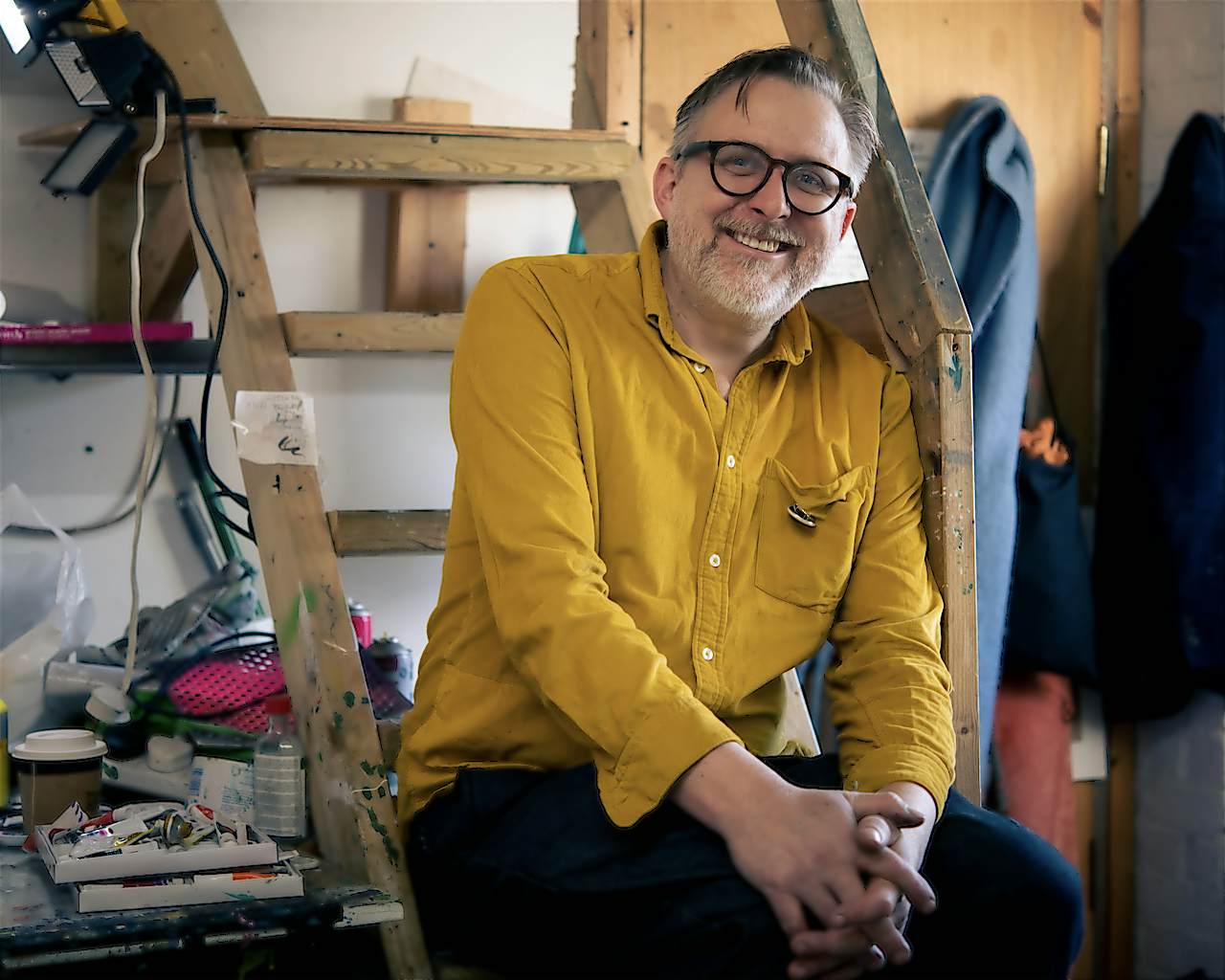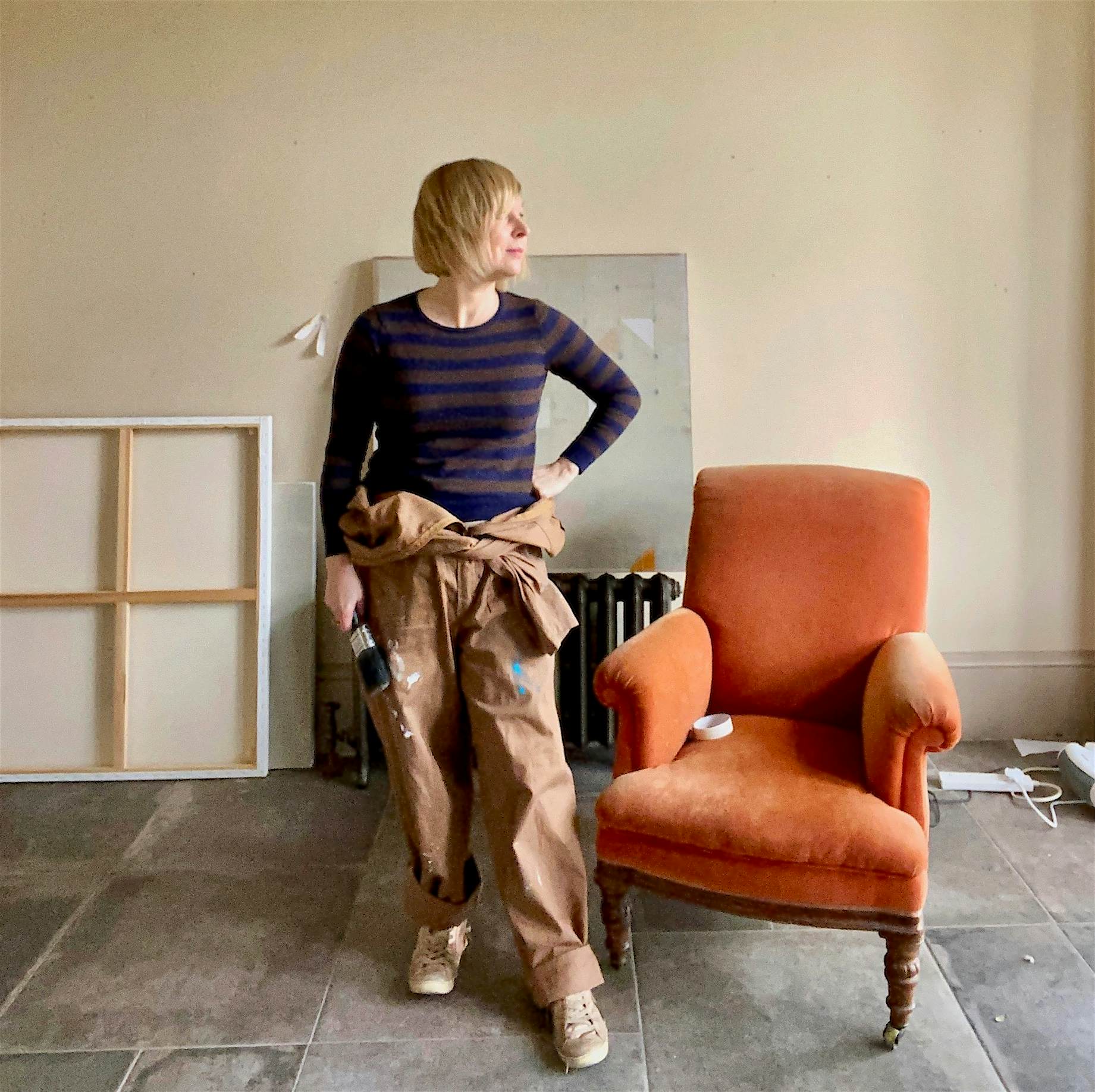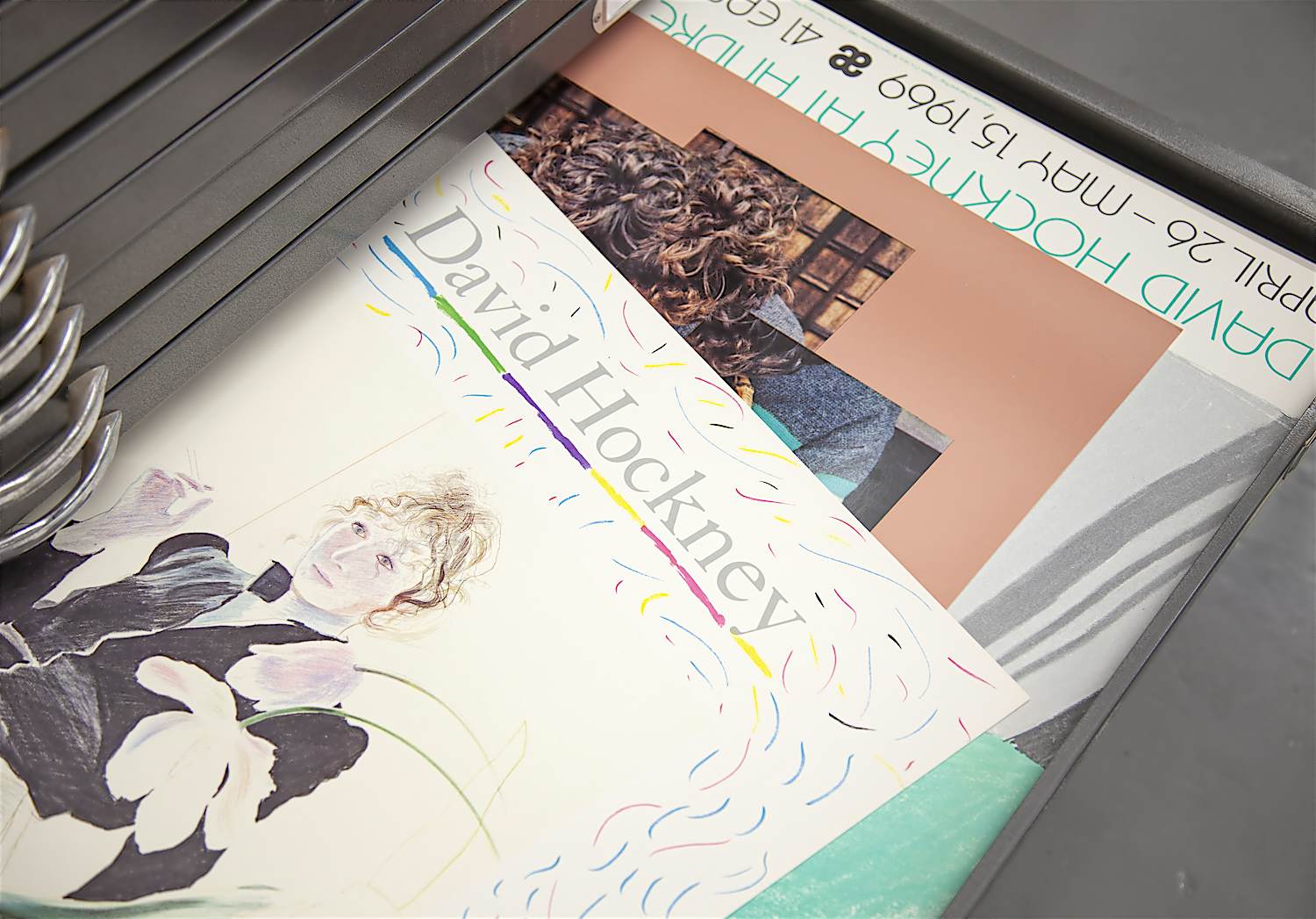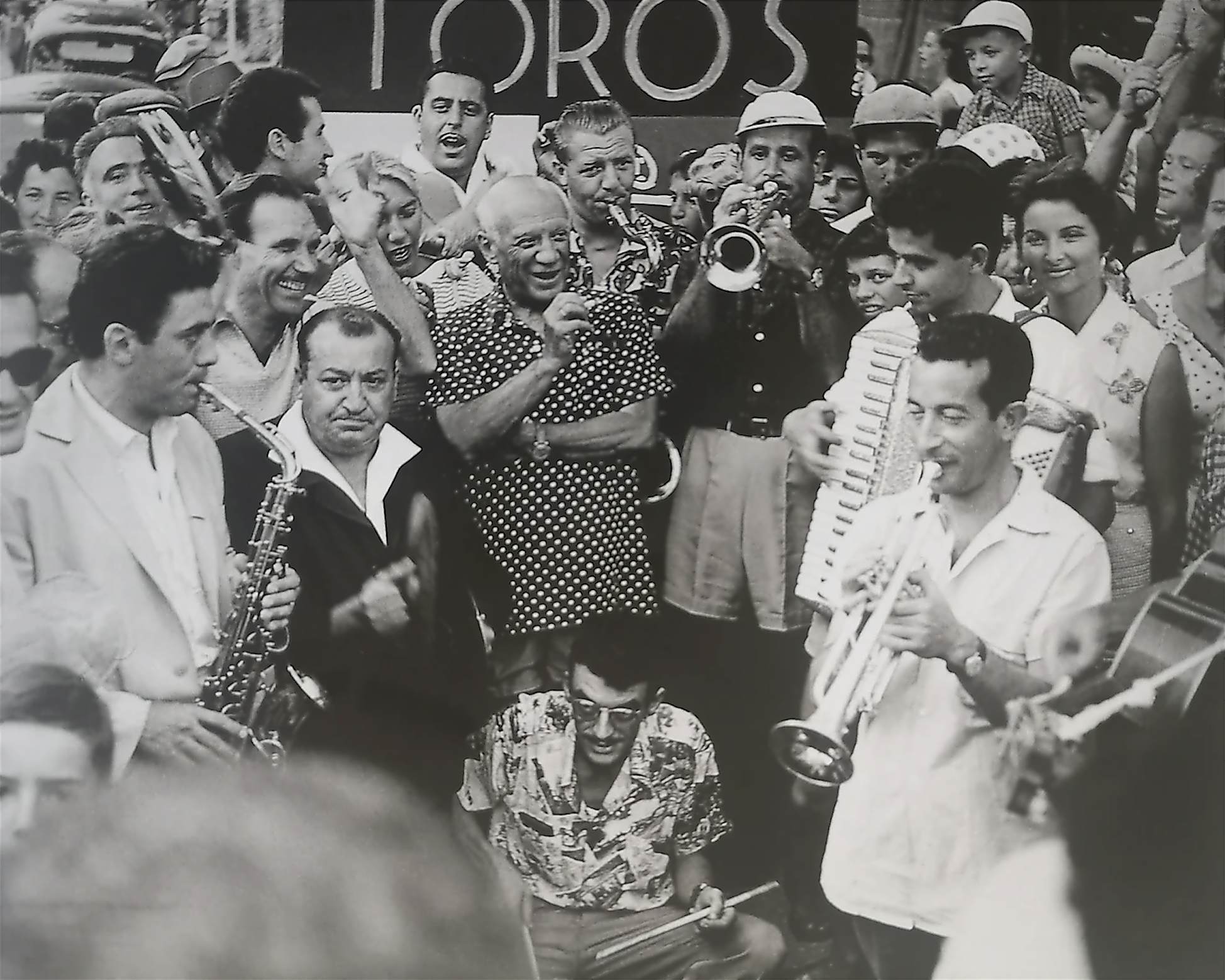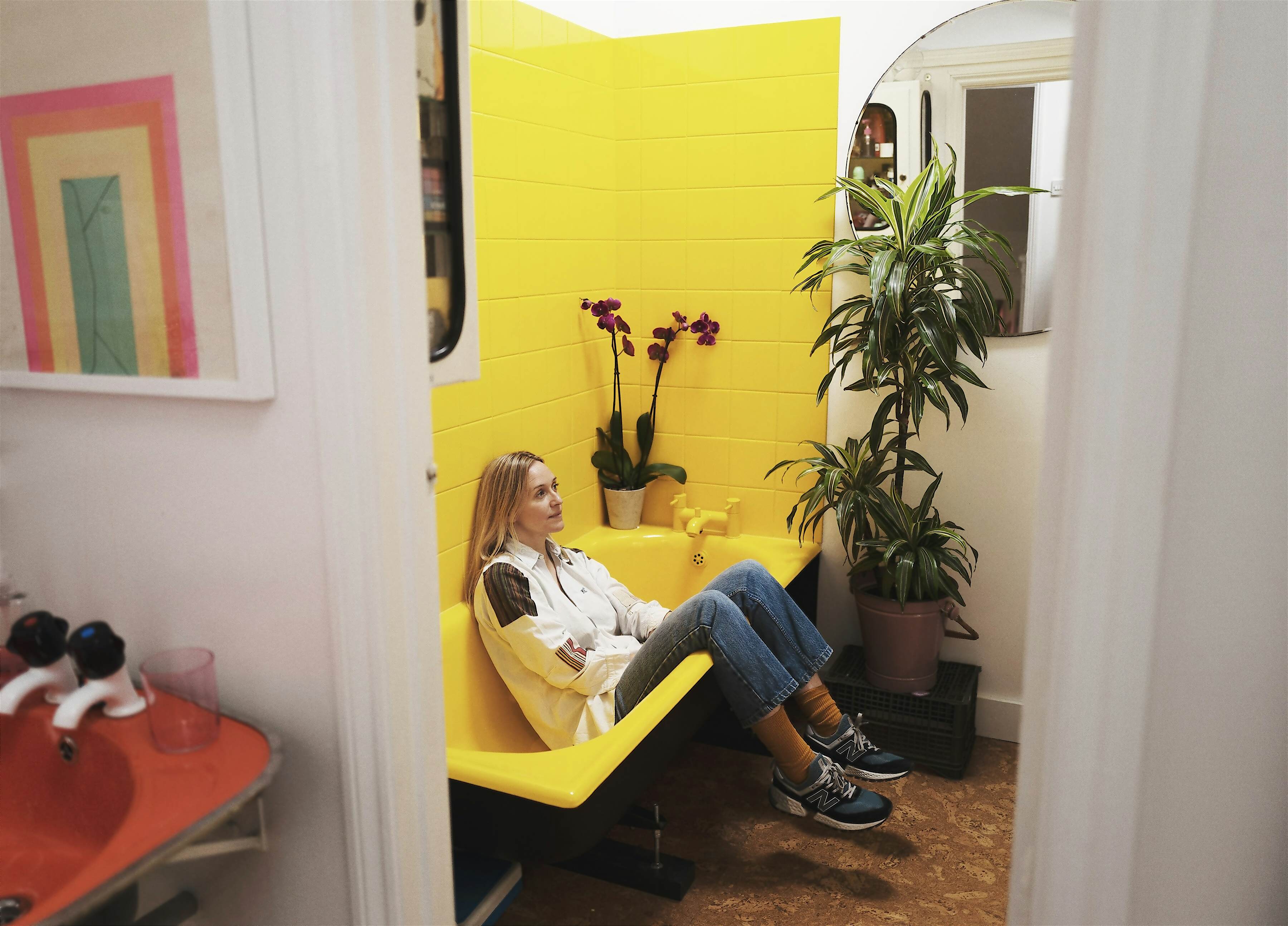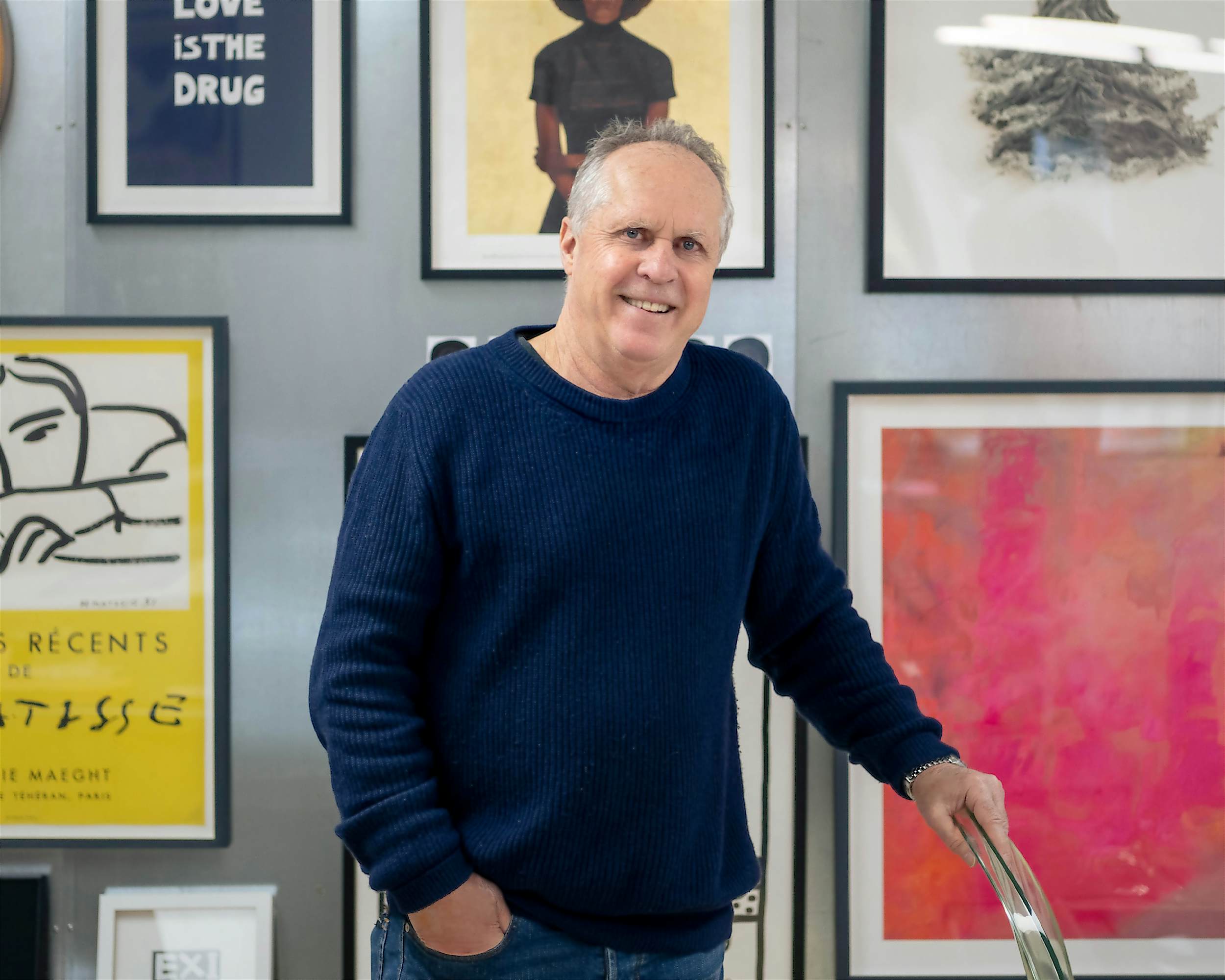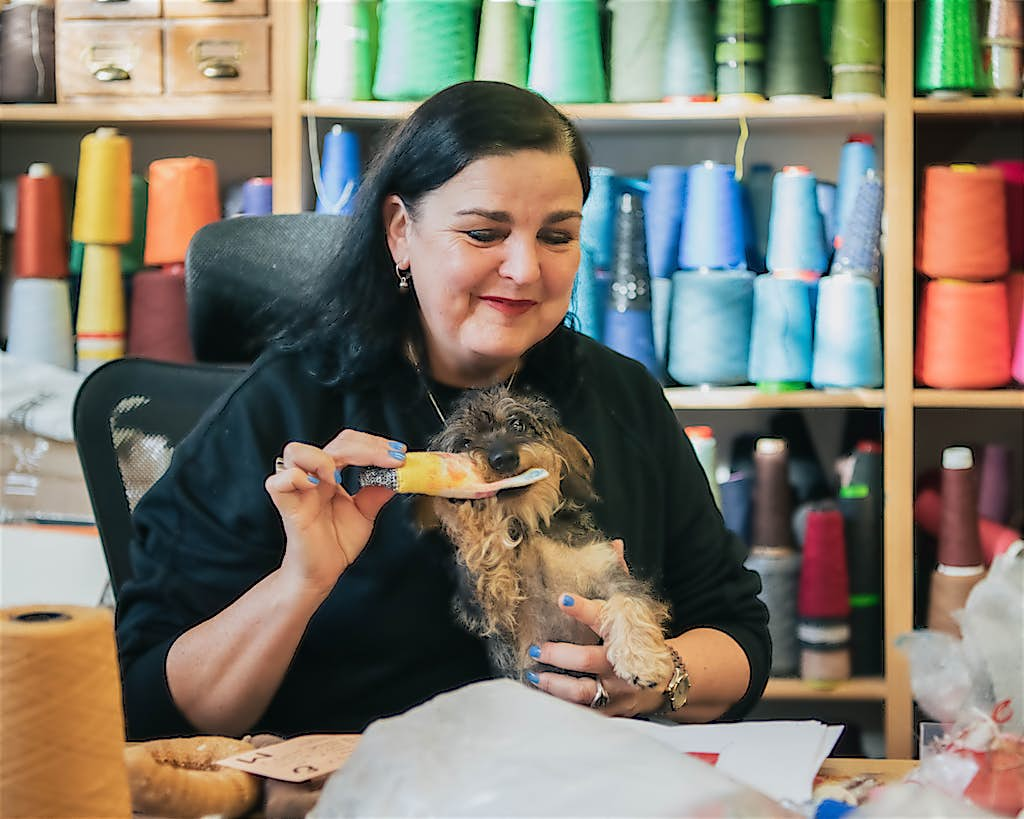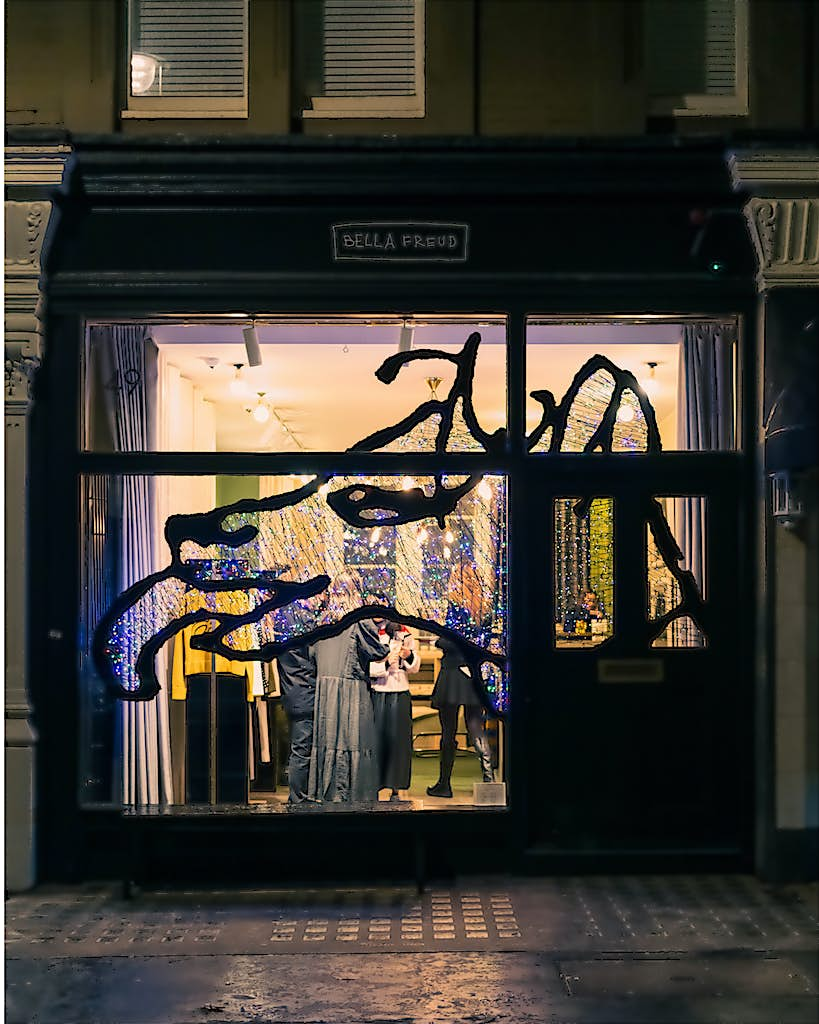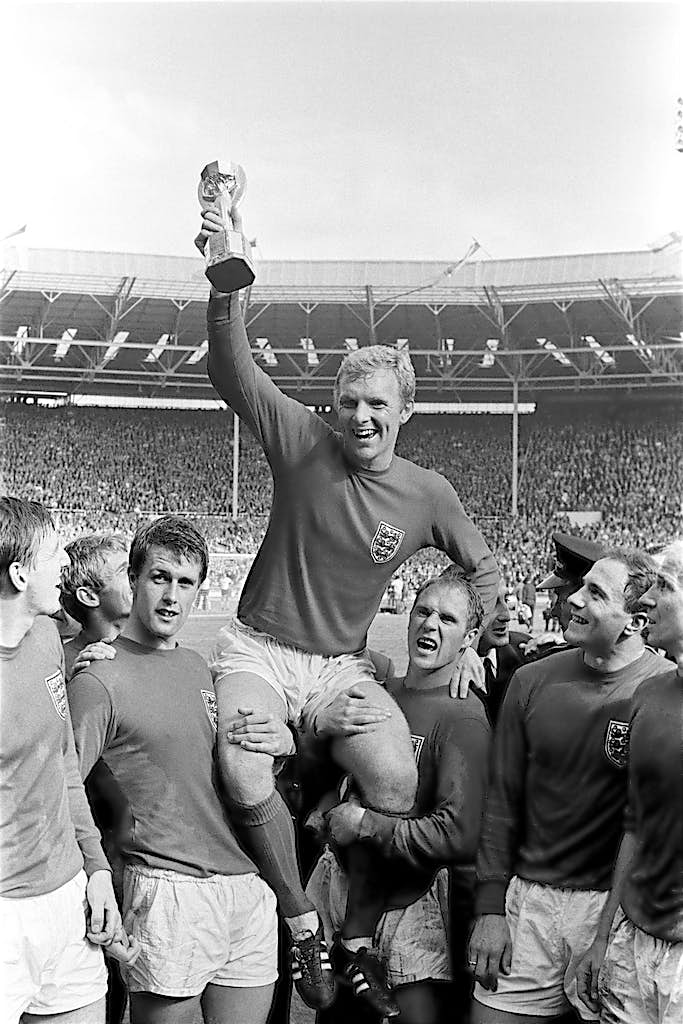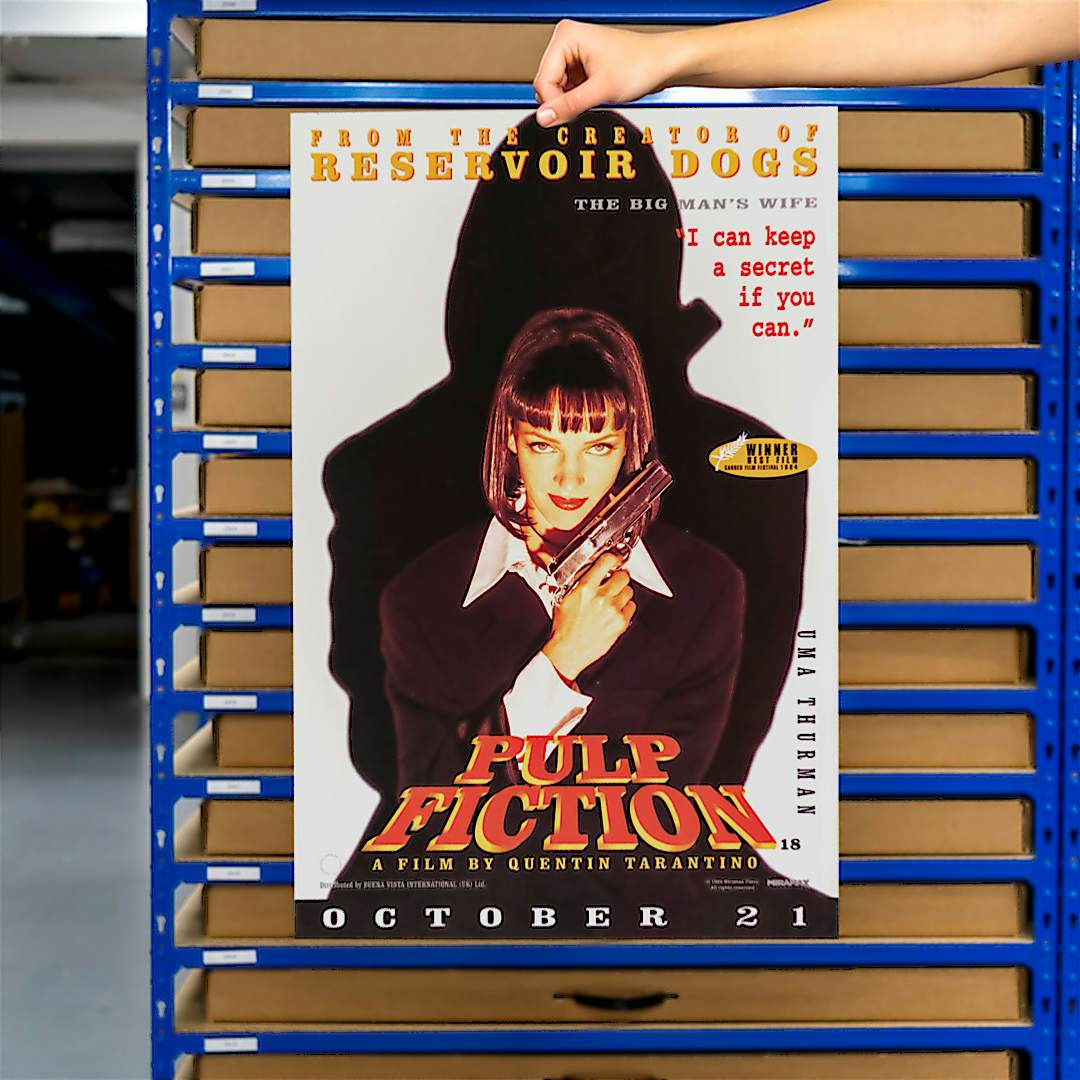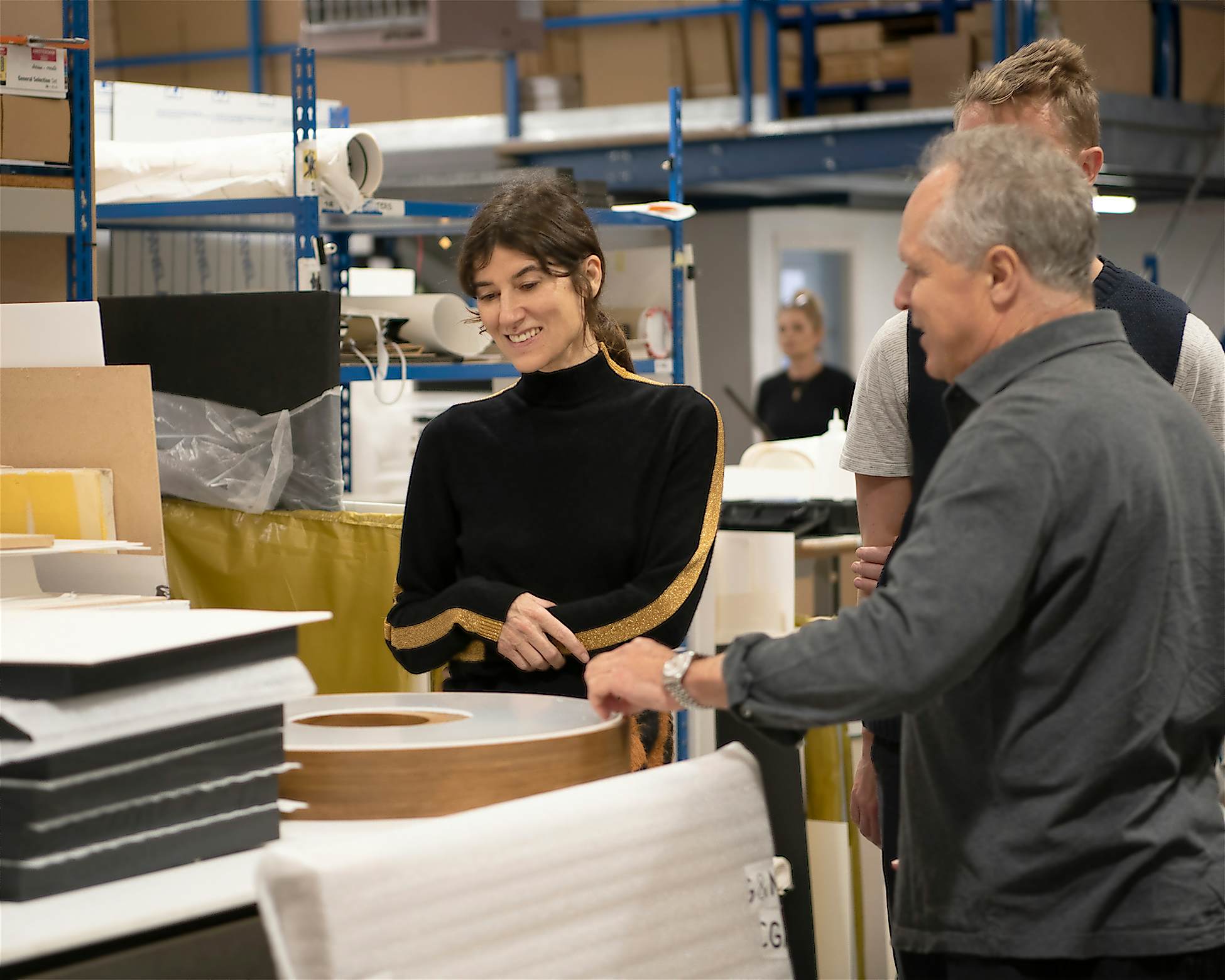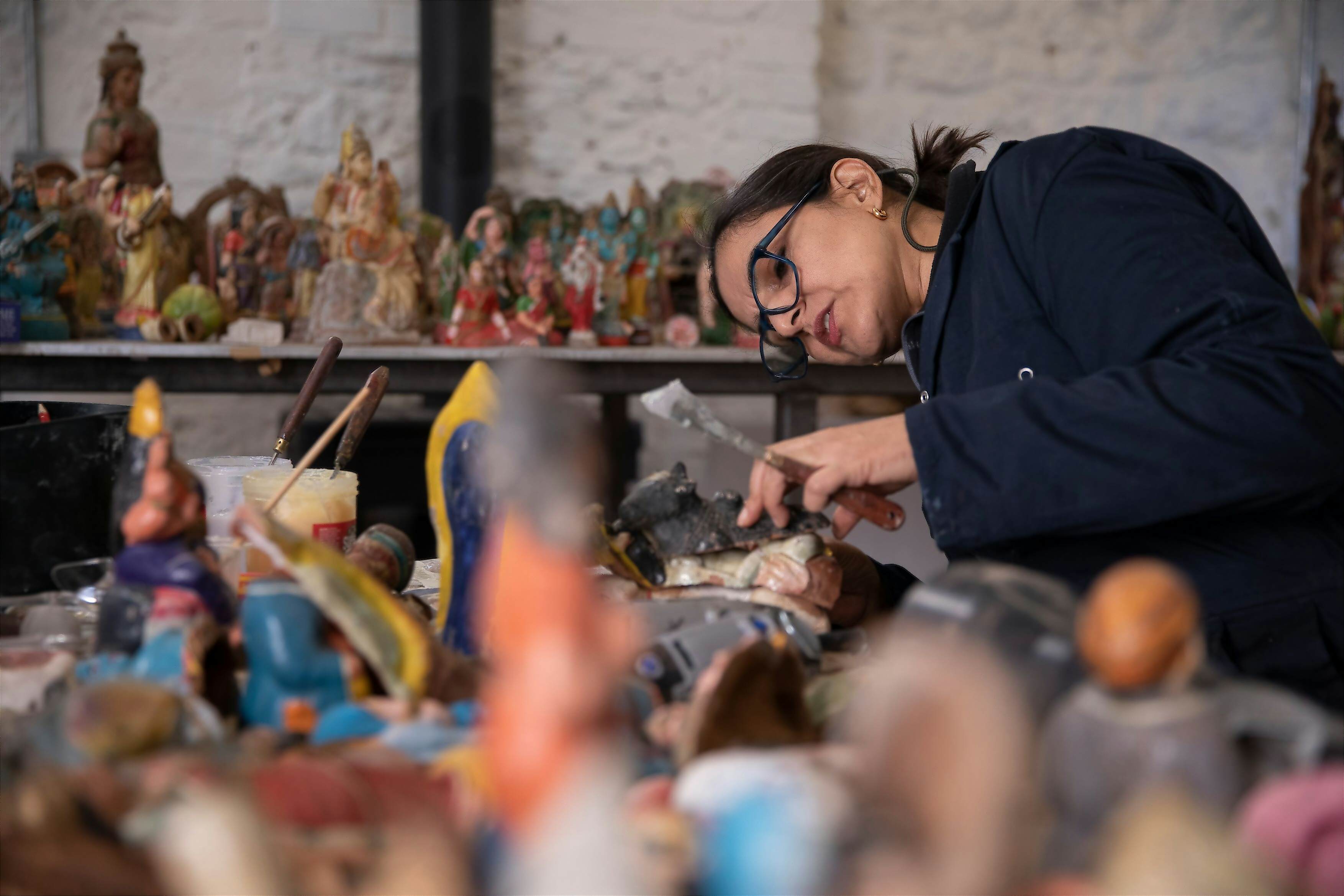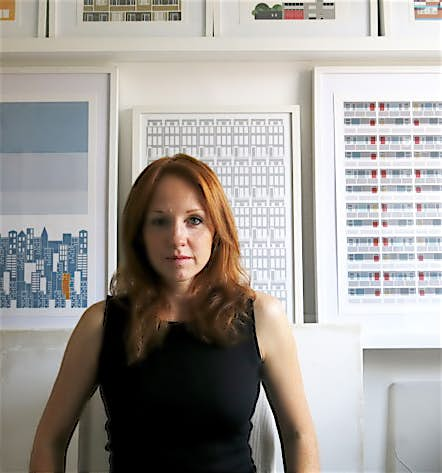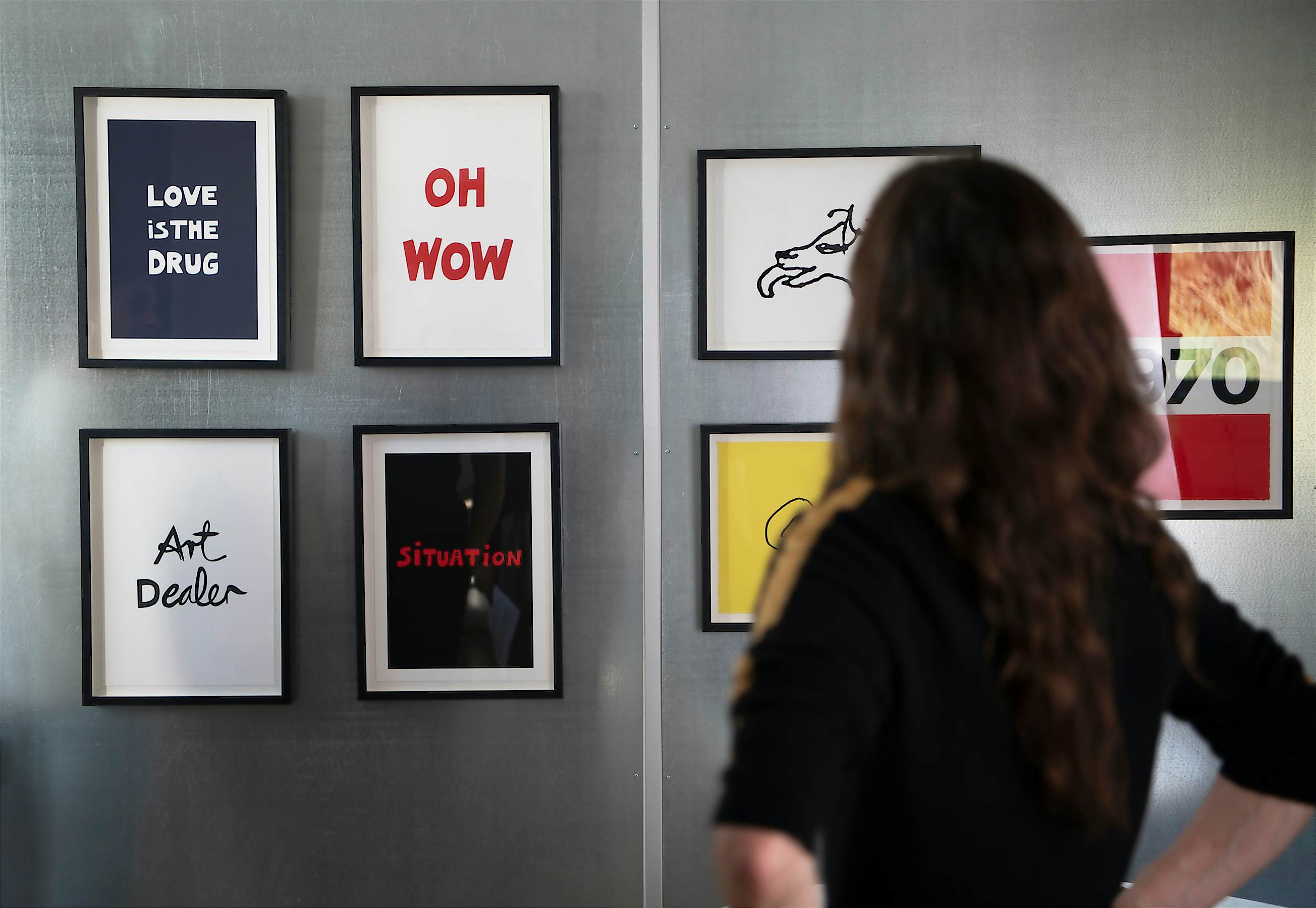Picasso’s love affair with linocuts and lithography at Imprimerie Arnéra
Reading time: 4 mins
When Picasso escaped Paris for Provence in the 1940s, he was in his mid-sixties and already an accomplished international artist. Many in his position might have been tempted to set their paint brushes aside and retire quietly into an easy life in the hillsides overlooking the Côte d’Azur.
Yet his desire to innovate, particularly with linocut and lithographic printing processes he honed with the help of master printmaker Hidalgo Arnéra, is a testament to his ability to continually reinvent himself. We trace the evolution of his relationship with the famed Imprimerie Arnéra print studio in Vallauris and the surviving, rare posters we’re thrilled to offer in our collection.
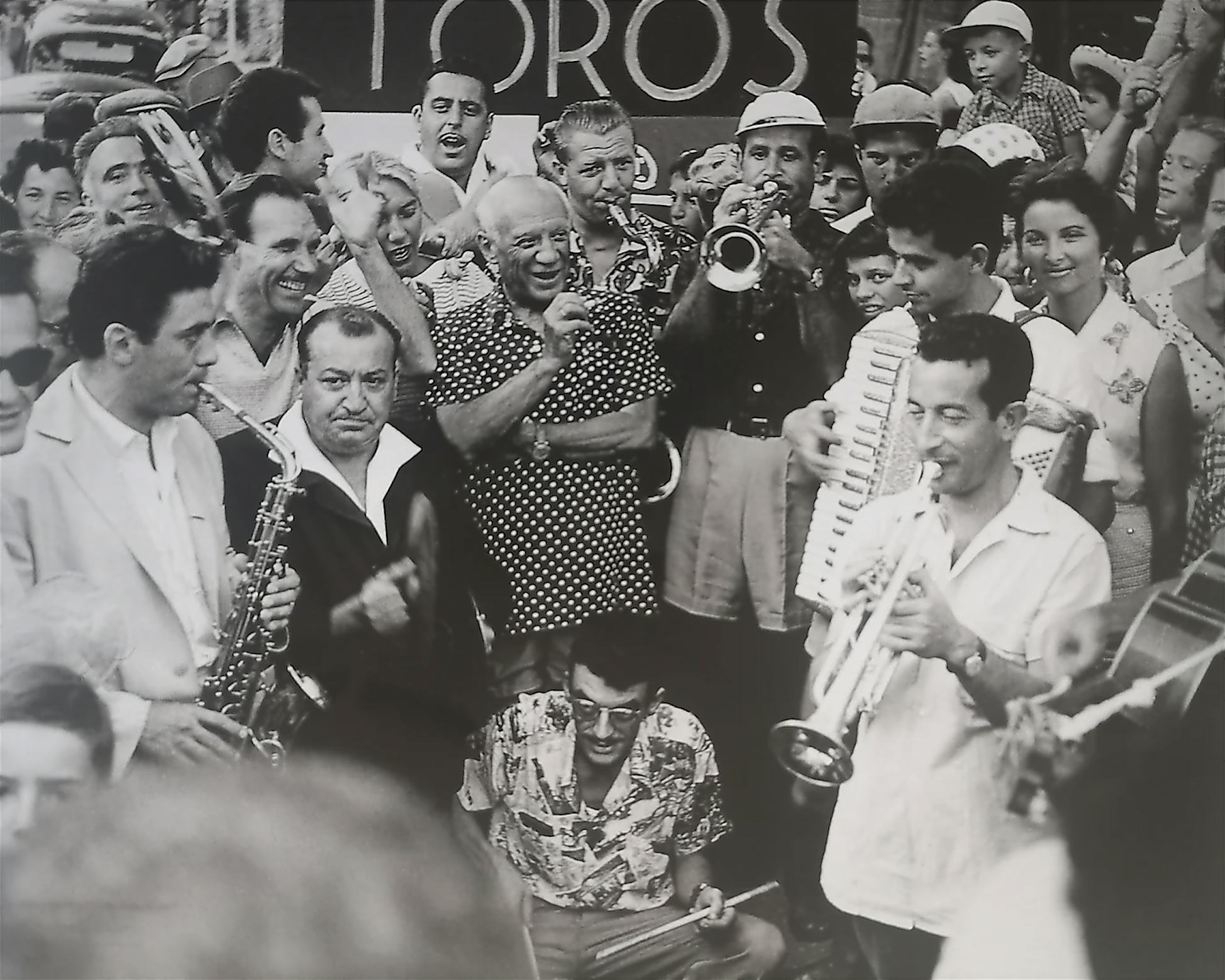
Although he had been involved with printmaking as early as 1904, Picasso did not make it a focus of his work until the winter of 1945 when he worked alongside master lithographers at the Imprimerie Mourlot on the rue de Chabrol in Paris. Jean Celestin, one of the printers at the studio, observed Picasso’s early passion for the medium:
‘We used to leave at 8 o’clock at night and he [Picasso] would be there at 8.30 in the morning. Sometimes I would suggest that we call it a day. He would look at the stone, light up a Gauloise and give me one, and then we were off again.’
The technical expertise and artisanal know-how needed to create prints fascinated Picasso. But, eventually, working without cease in the city took its toll and he relocated to the South of France. Seduced by the sunshine but frustrated by delays involved in receiving the finished prints which sometimes took weeks to arrive for him to proof, he sought closer collaborative comrades in Provence.
Picasso’s love for his adoptive home in the French Riviera is evident by the number of exhibitions he held there throughout the 1950s and 60s. To promote his shows he needed to create powerful lithographic poster designs. French photographer André Villers captured the majesty of such designs adorned on the triumphal arc in Vallarius in 1955 (below). Look closely and you will see Picasso himself standing up in a car as a jubilant band plays behind him.
Picasso knew that to paint a lithographic zinc plate or to carve a lino block, he needed flawless technique and the help of a talented printer. Arnéra and Picasso first crossed paths on the street in 1948 at the Nérolium – the venue where the famed Vallauris ceramics fairs were held. But it was several more years before the alliance between the two men truly took shape.
Arnéra learned his trade by shadowing his father who had a print workshop himself. During the war he was sent to Austria for compulsory labour service, where he learned the linocut technique. He proved to be the ideal experimental companion for Picasso: totally devoted, he made his skill as a draughtsman and his extensive knowledge of linoleum freely available to the Spanish artist who was eager to learn.
Under Arnéra’s tutelage, Picasso took to the medium like a natural, working prolifically in his studio, Les Fournas – a former perfumery in the Côte d’Azur commune of Vallauris renowned for its pottery.
This rare lithographic poster (above) was printed at Imprimerie Arnéra in 1960 and was originally intended to advertise an exhibition of Picasso’s linocut works at Galerie ‘65’ La Croisette in Cannes. Richly inked in vibrant blue and earthy tones, the poster features an abstract coastal scene with languorous figures in the foreground.
Picasso’s fascination with ancient Greek mythology and the Mediterranean ports he inhabited is noticeable in many of his exhibition posters. This rare lithographic poster (above), which was printed at Imprimerie Arnéra in 1959, was originally intended to advertise an exhibition he held in the city of Antibes.
Look closely at the loose pastoral line drawing at the top and you will notice dancing deities and a playful faun (a symbol of peace and fertility with whom Picasso identified) playing musical instruments. Set against a vivid blue backdrop, the design demonstrates Picasso’s enchantment with mythology and cleverly nods to the exhibition’s location on the warm and inviting Mediterranean coast.
‘Picasso looked, listened, did the opposite of what he learned, and it worked.’
– master printmaker Fernand Mourlot
What set Picasso apart from his contemporaries was his willingness to break artistic boundaries. He constantly explored new printing techniques, subjecting them to his own desires, even if it meant manhandling them.
Fernand Mourlot once remarked that Picasso worked ‘without cease, inventing the most extravagant processes, surmounting the difficulties with brio under the dumbfounded stare of the workmen who had never seen such technical cheek in the service of such bold invention. Picasso looked, listened, did the opposite of what he learned, and it worked.’
Until Picasso started innovating with the medium, linocuts were mainly associated with the fields of commercial printing and education, and as such were considered a minor art. This rare lithographic poster (above) featuring a charming illustration of an owl was printed at Imprimerie Arnéra in 1960. It was originally intended to promote Picasso’s 1960 show ‘Exposition Céramique’.
The story goes that, from Château Grimaldi where he lived in Antibes with fellow artist and lover Francoise Gilot, Picasso rescued an injured baby owl. A lifelong aviphile, Picasso nursed the fledgling back to health, and even embraced it as part of the family – affectionately naming him ‘Ubu’.
It is well documented that Picasso was an avid animal lover with a menagerie of pets he frequently drew inspiration from. Charged with violent and erotic symbolism, bulls often featured in his artistic oeuvre. Indeed, ‘Toros’ was one of the first designs Arnéra and Picasso worked on together at Imprimerie Arnera in 1954.
As a child growing up in Málaga, he attended bullfights with his father – leading many critics to suggest the artist sought to highlight his estrangement from his Spanish homeland. In this rare lithographic poster (above), Picasso included a vase with a bull to advertise his show ‘Concours National De La Céramique D’Art’ in Vallauris in 1966.
The lithographs in this newly-available collection originally belonged to Canadian-British art dealer and philanthropist Fred Mulder (pictured above) who, after meeting Hidalgo Arnéra in 1989, visited him regularly and purchased prints from his studio. When Arnéra passed away in 2007, his heirs invited Fred to purchase more material from the archive.
‘It was on a couple of these visits to the Arnéra heirs that I acquired a significant group of Picasso posters used to advertise exhibitions of his work made by André Verdet and Alberto Magnelli, friends of Picasso who had been sent to Arnéra to work with him. It is this wonderful group of posters and single sheet subjects, as well as the Verdet and Magnelli sets that King and McGaw are now offering as archivally-framed, collectible pieces.’ – Fred Mulder







